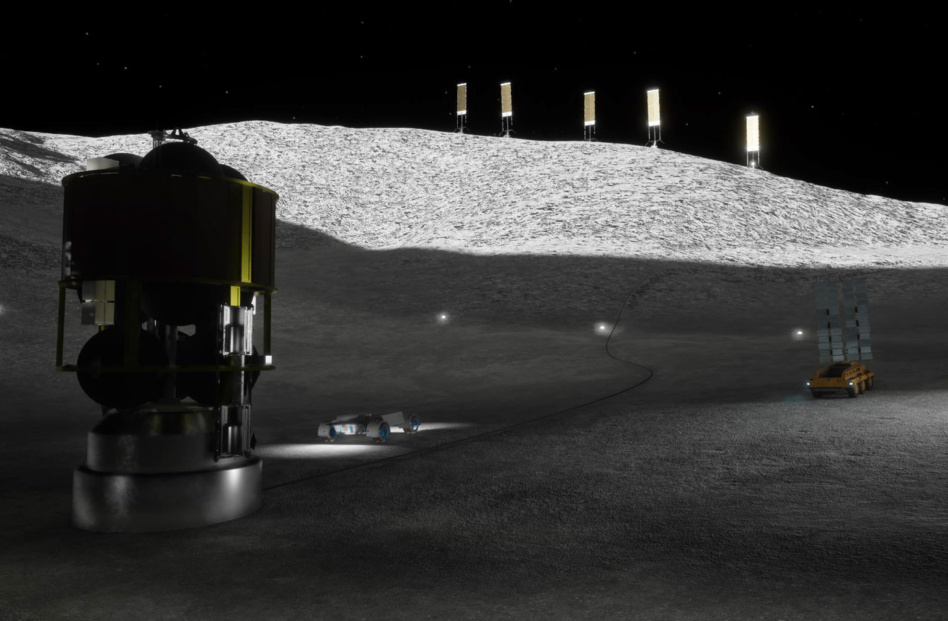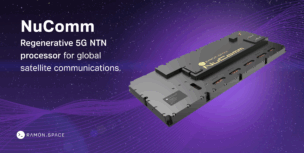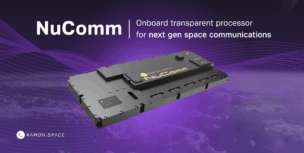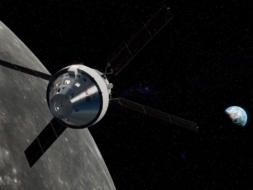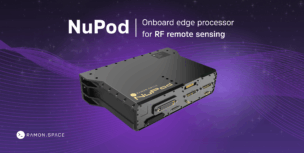Science fiction is becoming reality. NASA’s Artemis program will take humanity back to the Moon, but this time the goals extend far beyond flags and footprints.
With the first space station in lunar orbit and a base camp supporting exploration at the Moon’s South Pole, Artemis “will usher in a future in which humans consistently access the Moon, and human planetary exploration missions are within reach,” according to NASA.
The building blocks of space infrastructure required to carry humanity to other planets are in development already as NASA and industry partners contemplate the Moon to Mars Architecture.
Lockheed Martin, which built the Artemis program’s Orion crewed deep space vehicle and has been a leader in space exploration for decades, believes the Moon’s water-ice is a game-changer for cislunar and interplanetary missions. The company recently unveiled its vision for a water-based, nuclear-enabled lunar architecture.
White Paper Meets Novella
At the AIAA ASCEND conference earlier this summer, Lockheed Martin presented its architecture and released a novella-style white paper titled, “A Vision for Humanity’s Future in Space.”
Life imitating art: Conceptualized and authored by early-career engineer Adam Marcinkowski, the 28-page novella is set in 2044 and invites the reader to assume the point of view of a commercial lunar contractor living and working at the Moon’s South Pole. It begins:
Settling back into the driver’s seat, you punch in the final coordinates into the display. The electric motor hums quietly to life and you’re off again. The stark black and white vistas of the lunar surface roll quietly by as your rover ferries you to the last site on the list.
The novella offers a prediction of what technologies are needed to fully realize the Artemis and Moon to Mars missions as well as an articulation of how seemingly disparate technologies currently in various stages of development will eventually work in harmony.
“This vision is not focused on our company,” reads the novella’s introduction. “Nor does it belong to any one company or nation. This is a reference vision for all nations, all companies, all partners—a snapshot of the future that all of humankind can, and should, strive to achieve.”
Passing the baton: The novella is set in the 2040s to represent the timeframe in which it is predicted that NASA will transition from a focus on the Moon to exploration of Mars and commercial companies will likely take the lead in lunar services.
“We’re seeing a similar transition in LEO today,” said Timothy Cichan, the lead Space Exploration Architect with Lockheed Martin’s Commercial Civil Space business. “NASA is turning its attention to the Moon and we’re transitioning from the ISS to commercial LEO development in the early 2030s.”
Why Water?
“Water is an amazing resource for space exploration and it’s found throughout the solar system, including in the Moon’s polar craters,” Cichan said.
The company identified water as the most prominent lunar resource because its applications in space are multifold:
- The obvious: To source drinking water for astronauts.
- The necessary: To employ electrolysis that splits water into hydrogen and oxygen to generate oxygen for astronauts to breathe.
- The enabler: Liquid hydrogen is used as a powerful propellent and is produced in-situ.
- The game-changer: Nuclear fission power will be used to make electricity to produce hydrogen and oxygen. Nuclear thermal propulsion will use the liquid hydrogen propellent in high-power, high-efficient rocket motors.
Launch: Every kilogram launched from the Moon back to Earth requires four kilograms of propellant; every kilogram of dry mass sent from the Moon to Mars orbit will require three.
“If we can avoid launching propellant from Earth for these missions, sustainable space exploration is much more feasible,” Cichan said. “In a sense, water can be rocket fuel.”
Launching from the Moon could also be more sustainable in terms of launch costs and the toll launches can have on Earth’s environment.
The novella introduction reads, “It is imperative that such a vision be sustainable—technically, politically, and economically. According to this guiding principle, the best lunar architecture over the long term is one that is water-based, nuclear-enabled, and commercially invested.”
Proper storage: Technology development for water-derived propellant is already underway for other applications. For example, as part of the Blue Origin-led team that is building an Artemis human lunar lander, Lockheed Martin is advancing capabilities that enable the long-term storage of cryogenic hydrogen and oxygen. The company will provide the lander’s Cislunar Transporter, which will transport the two cryogenics from LEO out to the Moon to refuel the lander. During the transport out to the Moon the hydrogen and oxygen need to actively be cooled–which will also be necessary on the Moon’s surface.
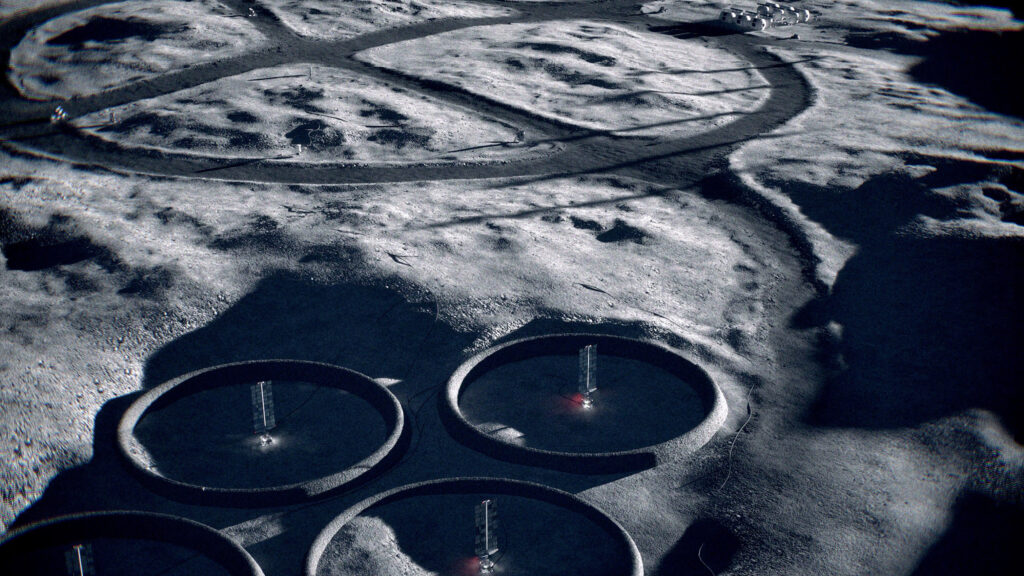
Game-Changing Fission
In addition to water and hydrogen, Lockheed Martin is a big believer in the power of nuclear fission power, both for generating electric power on the surface of the Moon and also to propel spacecraft to the Moon and on to Mars.
“Nuclear fission provides a lot of energy in a small package, and it doesn’t matter whether the sun is shining,” said Cichan. “This means high thrust and high efficiency for nuclear thermal propulsion, and constant power day or night for the Moon and Mars.”
Explore Further
In addition to the novella, Lockheed Martin developed a realistic virtual lunar base using the Unreal Engine gaming tool. At AIAA ASCEND, the team demonstrated the lunar architecture in a video game environment, “driving up” in real time to various elements throughout the presentation.
“The visualization was very effective. A lot of people asked how they could get involved and get elements of technologies they’re working on into this lunar environment we created,” Cichan said.
The company’s architecture is more than a novella and a video game. Engineers developed an in-house tool they call LEAP, or Lunar Economy Analysis Platform, that is an integrated set of modeling software they use to perform system-of-systems analyses focused on the lunar economy.
“We’re able to say, ‘Let’s look at this power scenario’ or ‘That traverse was a little too sporty. Let’s put that road over there,’” Cichan described. “LEAP is quite robust and allows us to do the math behind our vision.”
He encouraged everyone in the space community to read the novella: “We want all space agencies and companies involved in space exploration to ask what role their organization can play. It will take the entire ecosystem working together toward this shared vision.”
Learn more.
Download the novella white paper.
